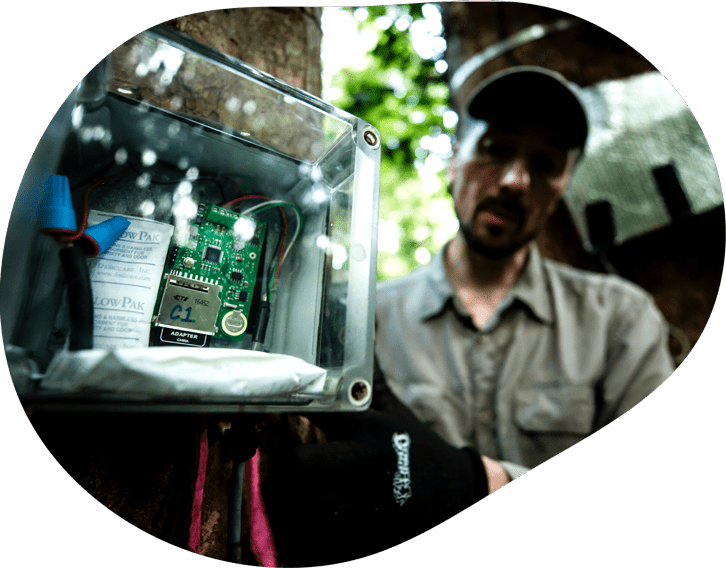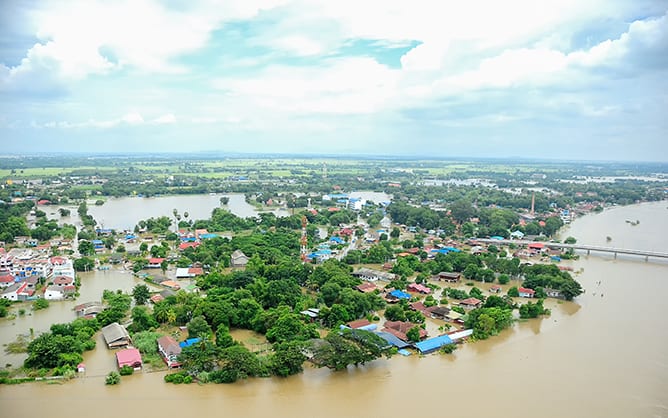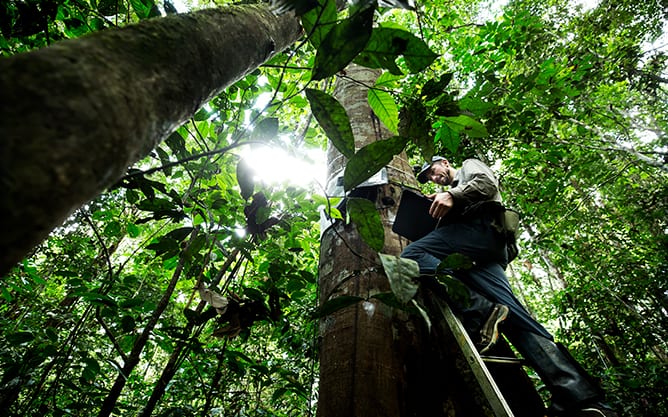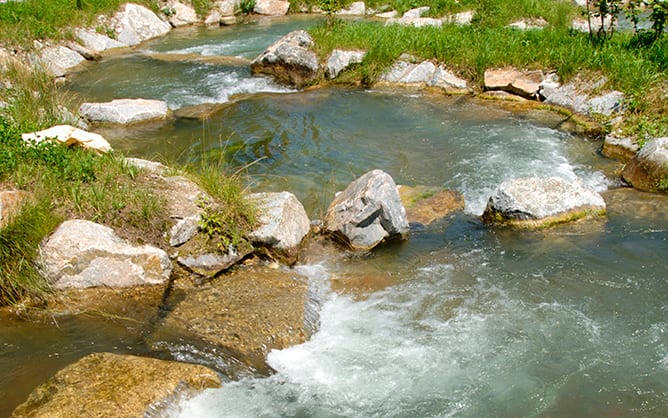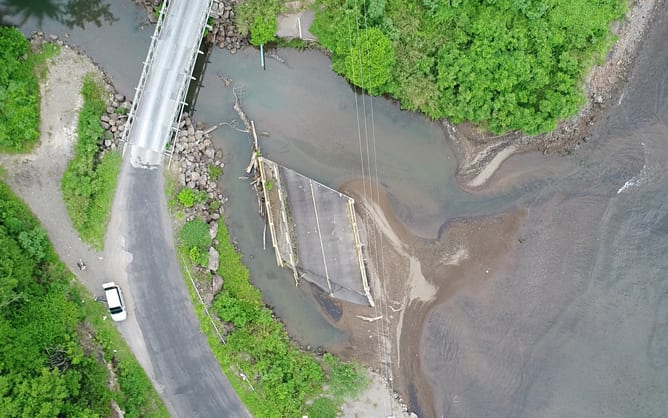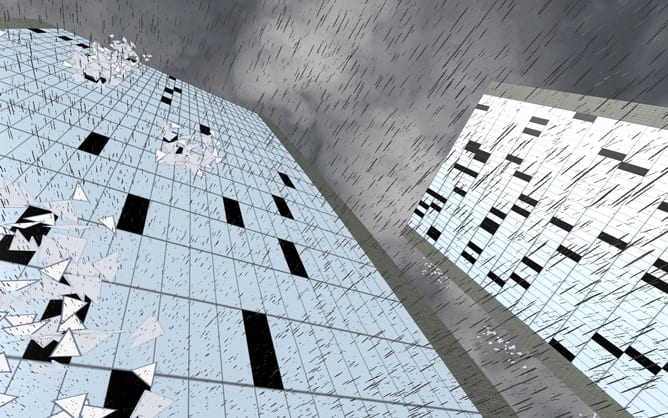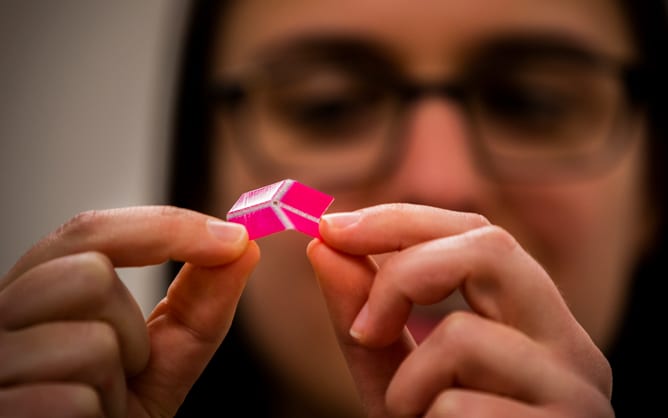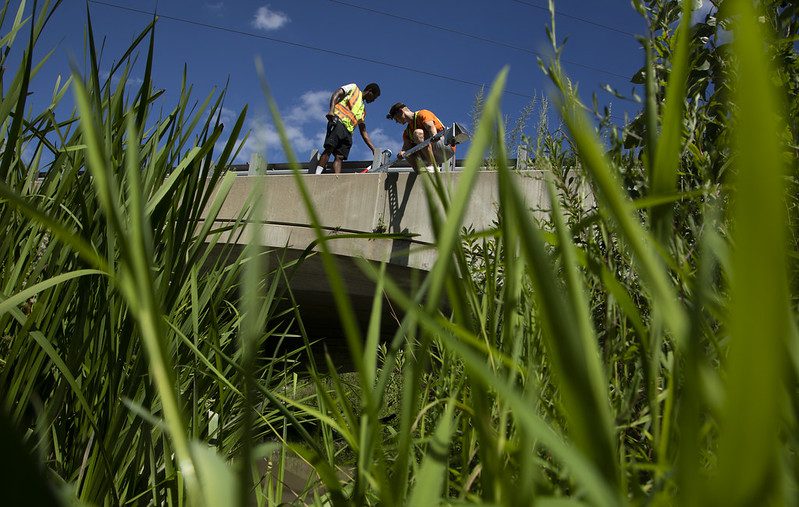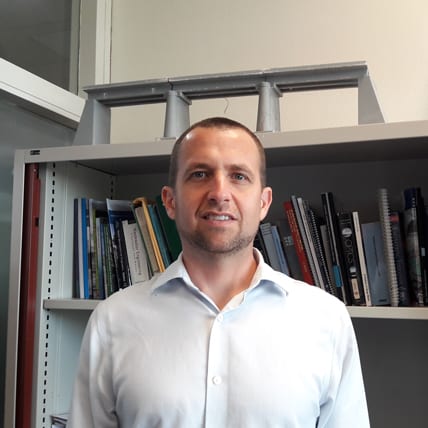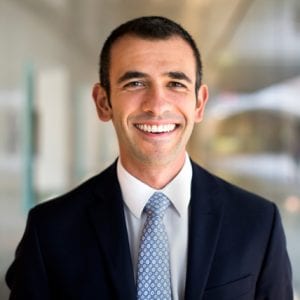Addressing challenges posed by climate change, urbanization, and resource constraints demands a strategic shift towards resilience by design. This approach involves integrating resilience principles at the very core of civil & environmental engineering designs, ensuring that infrastructure is not only built to withstand current environmental conditions but is also adaptable to future uncertainties. To achieve this, we will focus on developing advanced materials and construction techniques that enhance the durability, flexibility, and reconfigurability of infrastructure. This includes the use of smart materials that can react and adapt to environmental changes, and modular design principles that allow for rapid modification and upgrading of infrastructure. We will explore pathways to decentralized water, air, and energy infrastructure, equipped with modular process designs that respond to environmental fluctuations and shifting demands. We will leverage predictive modeling and risk assessment tools to forecast and plan for potential environmental impacts, ensuring that resilience is a proactive, rather than reactive, component of CEE designs. By embedding resilience into the core of our engineering projects, we will enable infrastructure that is not only robust in the face of present challenges but is also prepared to adapt and thrive in the face of future environmental shifts and disturbances.
